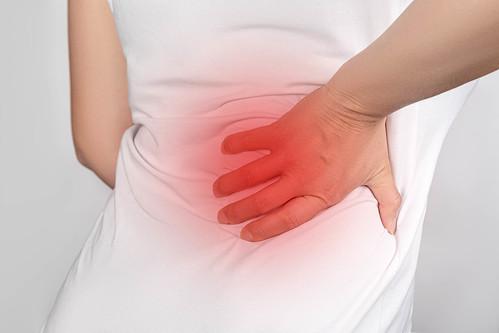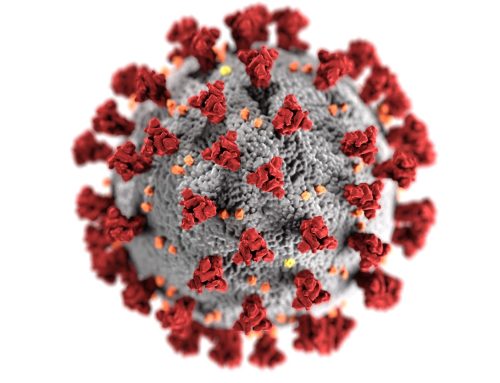Assignment Content
When muscles feel tight and it’s difficult, or even painful, to move around—especially after resting—people might worry that they’ve pulled a muscle. However, other injuries are often mistaken for pulled muscles, so it’s important to know what to spot, especially since sometimes that muscle discomfort can be a sign of something more serious.
Causes of Pulled Muscles
Strain, which is an injury to a muscle or tendon, may also be called a “pulled” muscle or a “pulled” tendon. Strains most frequently happen at the back of the thigh or in the lower back. They can be the result of one event, such as lifting something too heavy too suddenly, or from repetitive injuries from completing the same physical task multiple times like raking in the yard. Muscle stiffness, which is similar but usually doesn’t last as long, typically occurs after lifting weights, exercising, or participating in hard physical labor as well.
Diagnosing Pulled Muscles
During a physical examination, your JCMC doctor will check for swelling and areas of tenderness. Depending on the intensity and location of the muscle pain, your healthcare provider can determine the extent of the damage. In more severe injuries that involve the rupture of the tendon or muscle, a medical professional might be able to feel the defect.
Treating Pulled Muscles
People dealing with pulled muscles or tendonitis can use the R.I.C.E. approach until they are able to see their doctor:
- Rest: People should avoid certain activities that cause discomfort and pain, although they shouldn’t avoid all physical activity.
- Ice: It’s important to ice the area immediately for about 15 to 20 minutes at a time. They should repeat this process every two to three hours when awake for the first few days after the injury occurs.
- Compression: To help stop the swelling, people should compress the area with an elastic bandage. It’s best to avoid wrapping the area too tightly.
- Elevation: People should elevate the injured area above their heart to allow gravity to reduce the swelling.
Preventing Pulled Muscles
Regular stretching and strengthening exercises can help people prevent injury like pulled muscles. Warm up before working out. Talk with your doctor before embarking on a new fitness program to ensure that it’s appropriate for you and your fitness level. Start slowly and work your way up to more strenuous workouts.
Injuries Mistaken for Pulled Muscles
Pulled muscles and strains typically go away on their own. However, in some instances, issues with muscles might signal something more serious, especially if people have other symptoms present.
- Heart attack: A muscle strain in the chest can cause sharp and sudden pain, but a heart attack can also have symptoms such as dizziness, fever, and elevated heart rate.
- Meningitis: This infection of the covering of the brain and spinal cord includes symptoms such as a stiff neck, headache, and sudden high fever.
- Mononucleosis: This virus, which is spread through saliva through the Epstein-Barr virus, causes swollen tonsils and lymph nodes as well as tiredness.
- Sciatica: This pain radiates along the path of the sciatic nerve, which starts at the lower back and goes down one or both legs.
Those who experience muscle pain or stiffness that doesn’t go away or have other symptoms should reach out to a JCMC doctor. Board-certified medical professionals use the latest in technology features to help treat patients and get them back to feeling their best.







